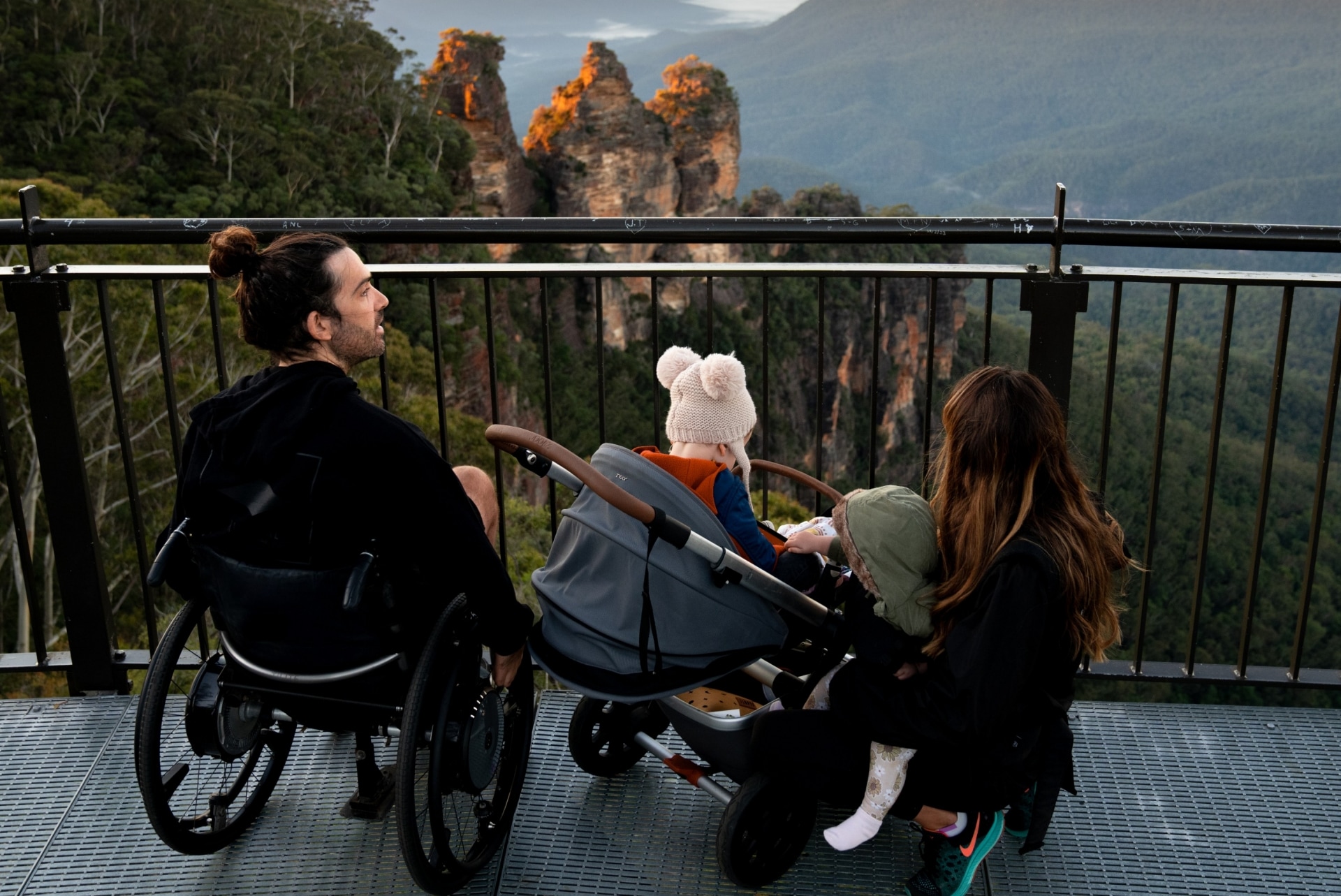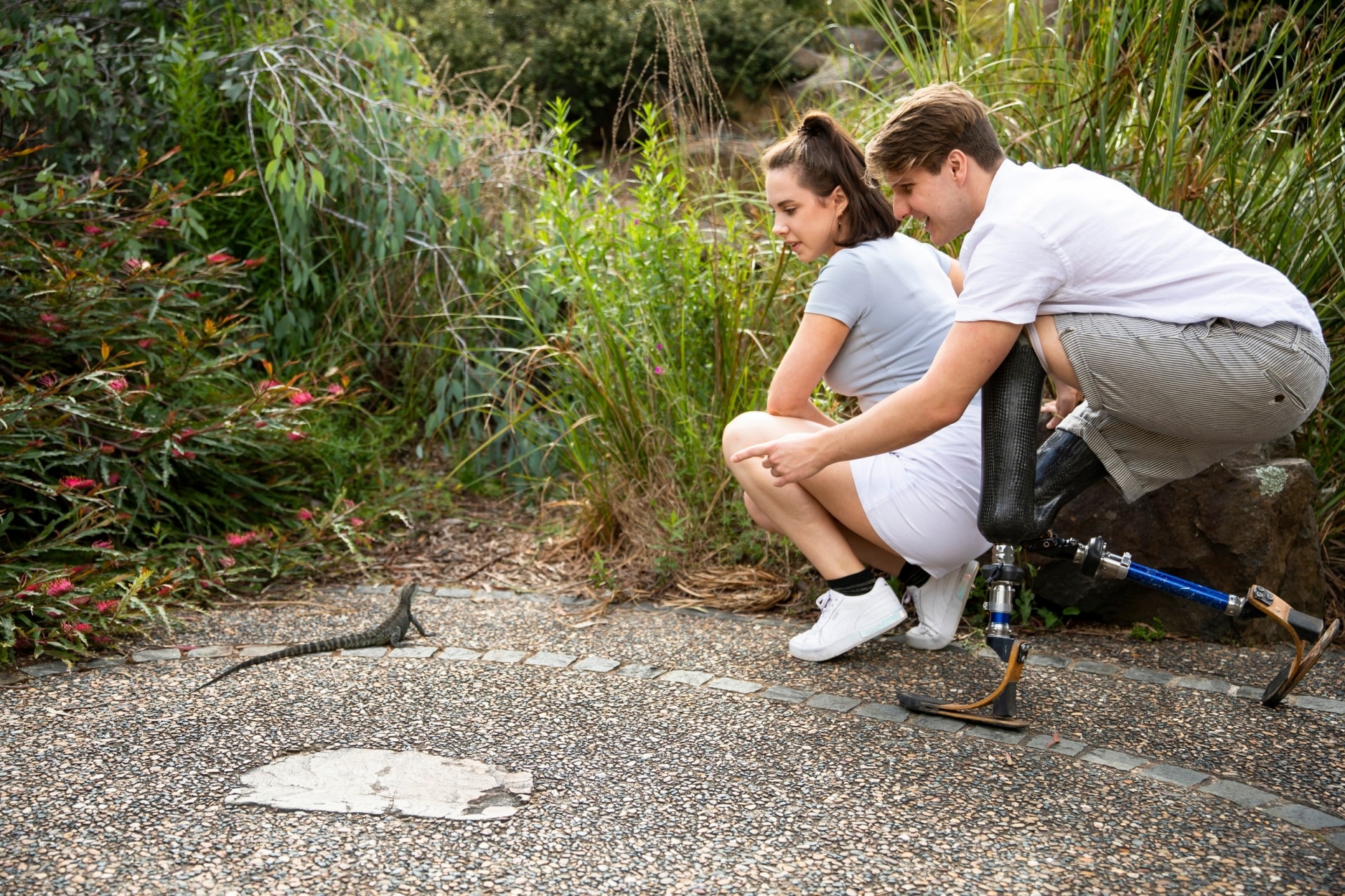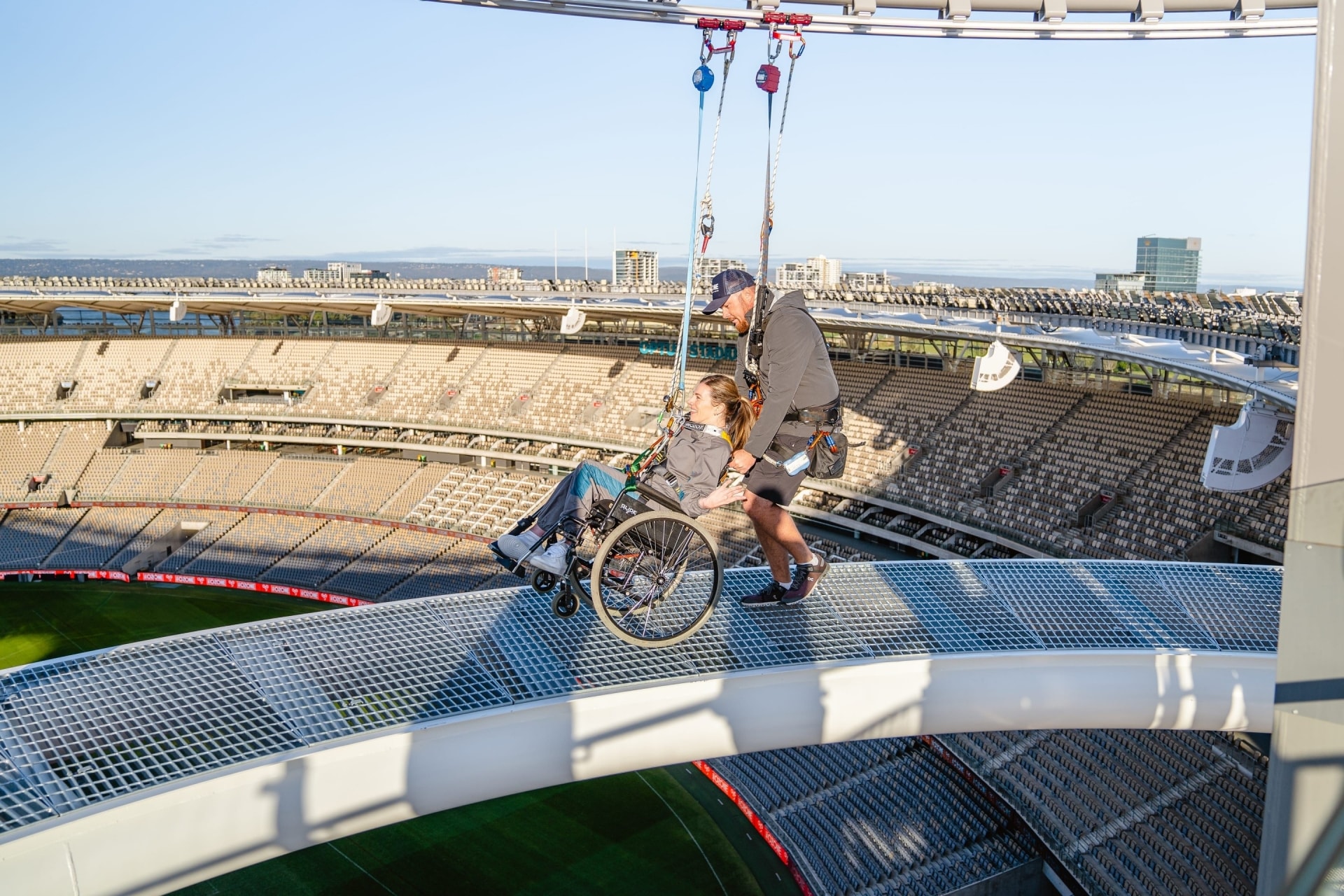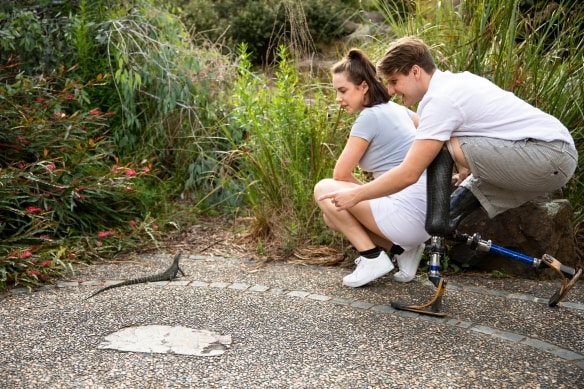You’ll find there are plenty of accessible transport options throughout Australia for people using mobility devices. Trains, buses and ferries across the country have features like wide aisles and ramps. Australian airports offer a range of accessible support options.
Plan ahead with state-specific mobility information for travelling around the Northern Territory, Queensland, South Australia, Tasmania and Victoria. There are also great accessible resources for getting around Sydney, Perth and Melbourne.
Road trips around Australia are spectacular, and travelling with a disability won’t stop you from enjoying the open road. You can hire wheelchair-accessible vehicles from companies like Wheelaway, or enquire with most major car hire companies.



















































































































































